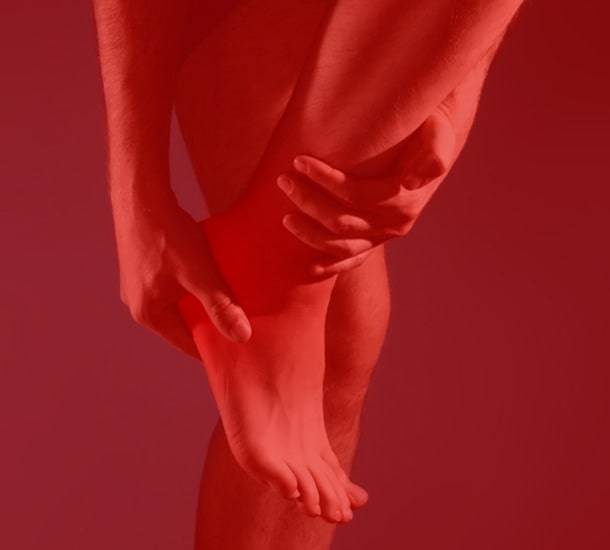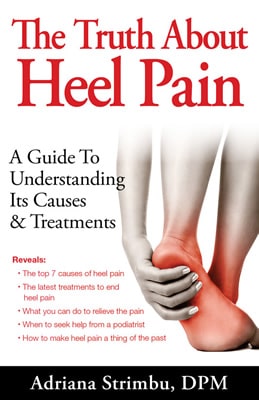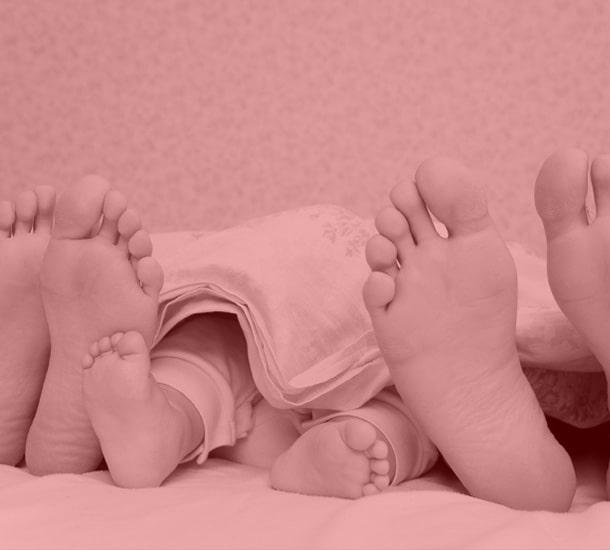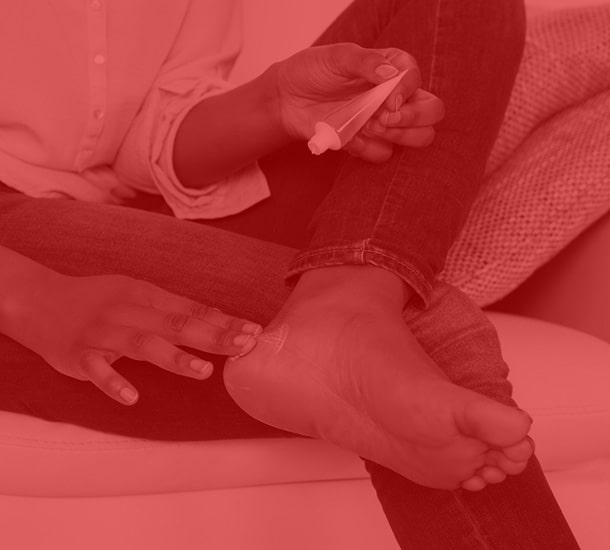 Pain in the arch of the foot is quite common. Adults and kids are equally prone to pain here. In kids, flat feet are most often the foot type that causes arch pain; in adults, high arches can also be the culprit.
Pain in the arch of the foot is quite common. Adults and kids are equally prone to pain here. In kids, flat feet are most often the foot type that causes arch pain; in adults, high arches can also be the culprit.
Arch pain can occur because of an injury, but most often that isn’t the cause. Having a job that involves standing all day can predispose you to pain in this part of the foot. The symptoms of arch pain can be aching, sharpness, cramping, or throbbing sensations.
There are several causes of arch pain, but three of the most common are:
Tendinitis
There are a few tendons that attach to bones near the arch of the foot. One of them can get strained, causing pain with every step.
Someone with flat arches (flatfeet) is more prone to straining one of these tendons. The pain can occur in the arch or bottom of the foot, the inside of the ankle, or the top of the foot.
Pinched Nerve
Just like Carpal Tunnel in the hand, a nerve in the foot can get pinched, causing pain in the arch. The term is Tarsal Tunnel. The nerve gets pinched just below the ankle but the pain can radiate to the arch.
The symptoms of a pinched nerve are sharpness, aching, cramping, or pins and needles. Pain from a pinched nerve can be bothersome even when sitting or lying down, unlike pain from a tendon, ligament, or bone.
Plantar Fasciitis
This condition is much more common in the heel but can occur in the arch. A person with a low or high arch can strain the plantar fascia. Usually, the pain is very localized to the arch as opposed to the other two conditions noted here.
A lump can develop in the arch, causing pain from walking barefoot or wearing certain shoes. This is known as a Plantar Fibroma. It’s a form of a tumor but not serious. Any lump on the foot should be checked for the possibility of something more serious than a benign lesion.
If you have pain in your arch(es), start by making sure your shoes have good support. If shoes make your arch hurt more, it could be a sign of a pinched nerve or a torn tendon. Like most other foot conditions, temporarily avoid jogging and jumping to allow the foot to rest. Ice and an anti-inflammatory can help. A soft, inexpensive store-bought insert may relieve some of the pain. Also, being barefoot on a hard surface isn’t recommended.
As always, if your arch hurts for more than a couple of weeks, having us evaluate it is in your best interest. We’ve discovered tears, broken bones, and tumors that could have caused long-term suffering had the patient waited too long. Long-standing pain in the arch of the foot can be difficult to relieve. In some cases, we’ve had to resort to a cast or surgery.
It’s common to try a new or different pair of shoes if your arch(es) hurt. However, don’t fall into the trap of buying multiple pairs if the first couple don’t help. We’re astonished how much money some people will spend on shoes, inserts or other home remedies before seeking medical attention. It’s usually cheaper and faster to have us get the solution you need.
Arch pain can slow you down if you let it. Since there are many possible causes, the sooner you have a specialist address it, the faster you can get back to doing what you enjoy without the pain.
We are here to help you get fast relief and avoid surgery.





